
“China,” called that because decorated, hard-paste porcelain originated there, is somewhat of a cultural phenomenon that’s spanned centuries and continents; it’s just as valued now as it was over 1000 years ago when it was first invented! While the Chinese kept the practice of decorating and firing kaolin (hard-paste) clay secret for many years, it eventually spread to Europe and the United States, with iconic styles that have been passed down from generation to generation. Considering how long some of these patterns have been around, collecting them can be a pretty costly hobby, but we’ll break down ten of the most popular pieces, so you can snag ‘em if you come across them on your search!
1. Blue Fluted – Royal Copenhagen
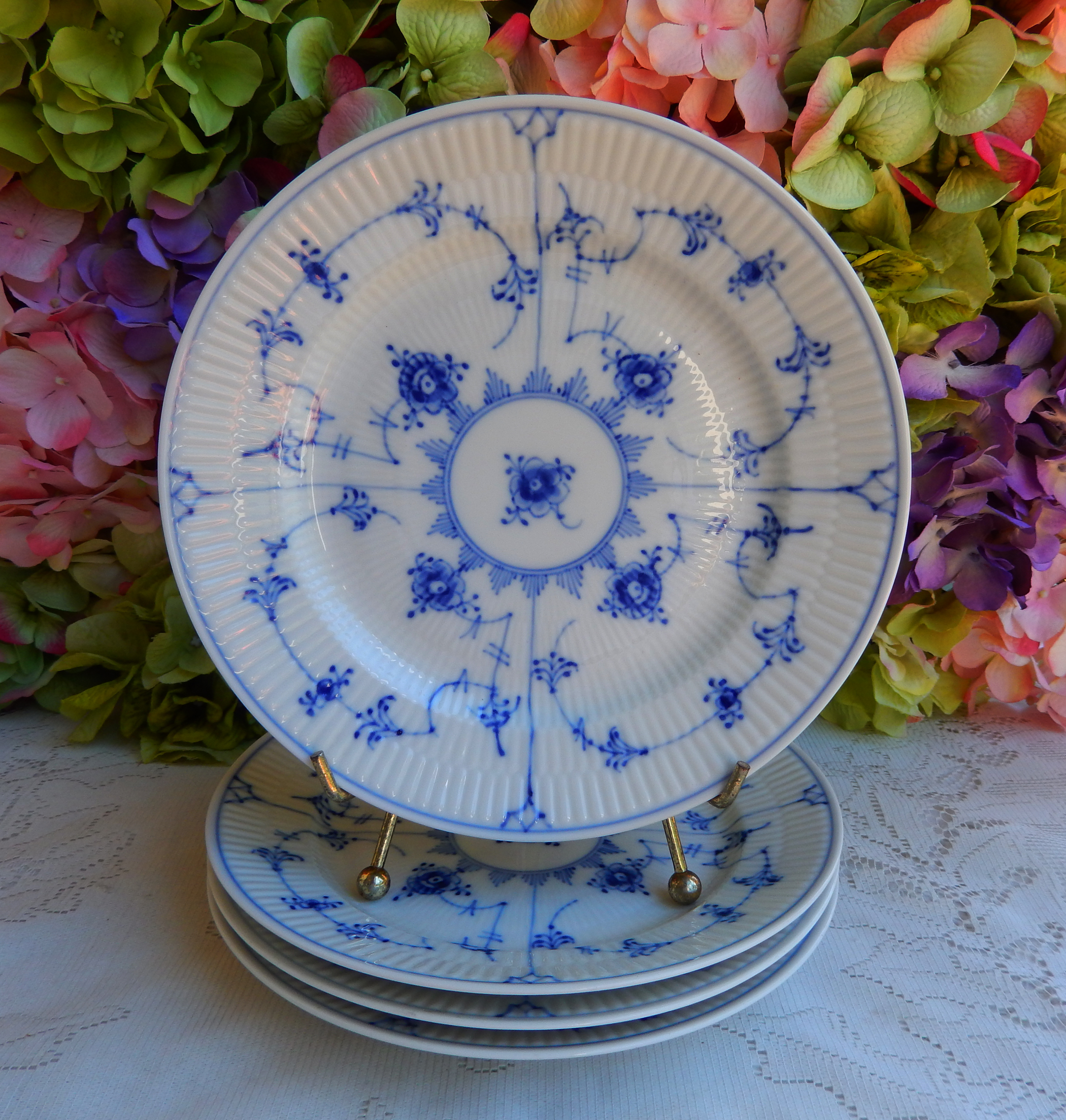
The Royal Copenhagen porcelain factory (Denmark) was founded in 1775 and was known for its rich cobalt blue. The Blue Fluted pattern was actually TRC’s first dinnerware pattern and it came in different variations, the Full Lace pattern being the fancier, more elaborate of the two, and the Half Lace pattern which was slightly simplified. Once this pattern was made, fine porcelain became a indicator of social standing in Denmark and pieces from Royal Copenhagen were in high demand.
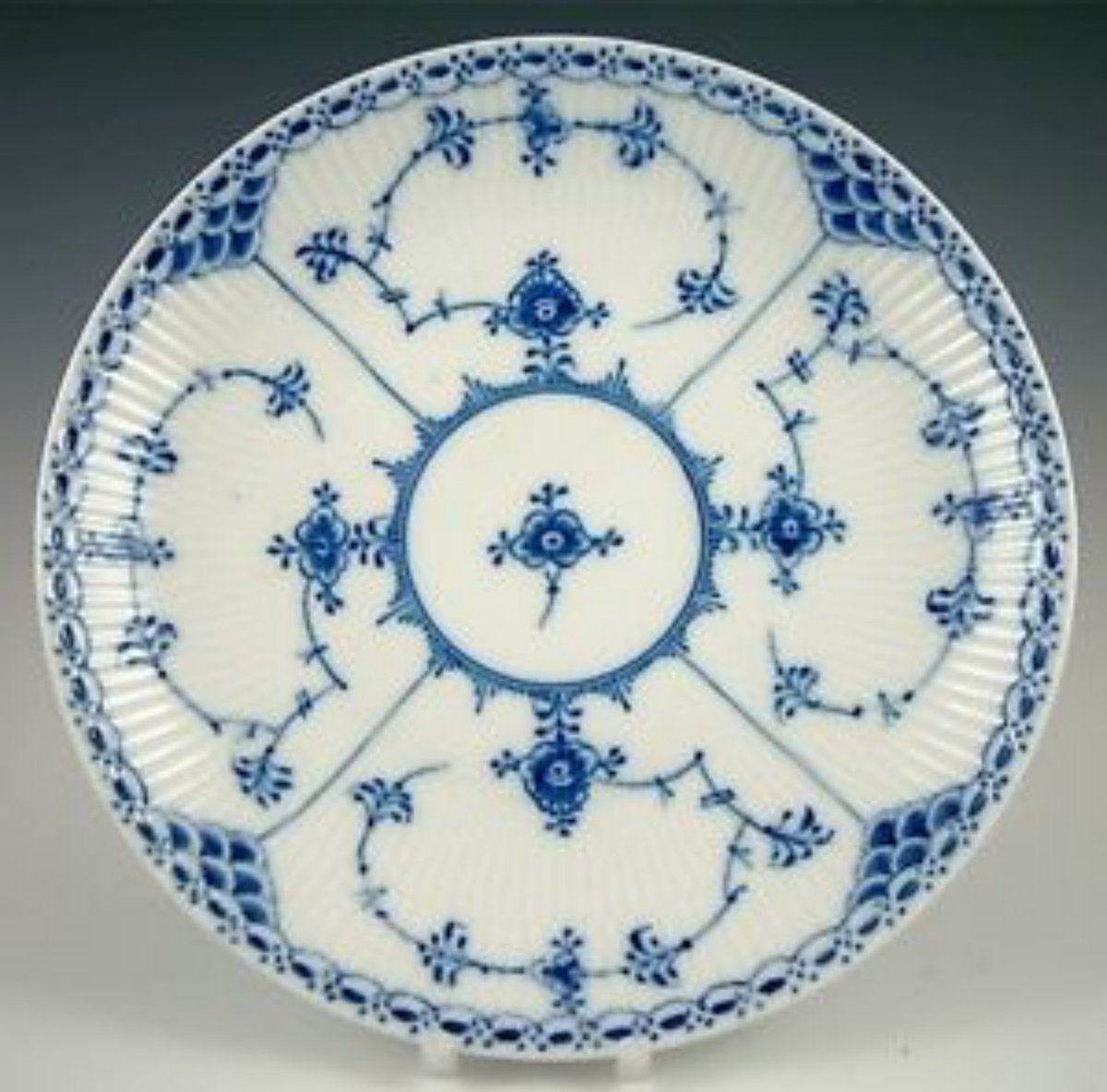
2. Old Country Roses – Royal Albert
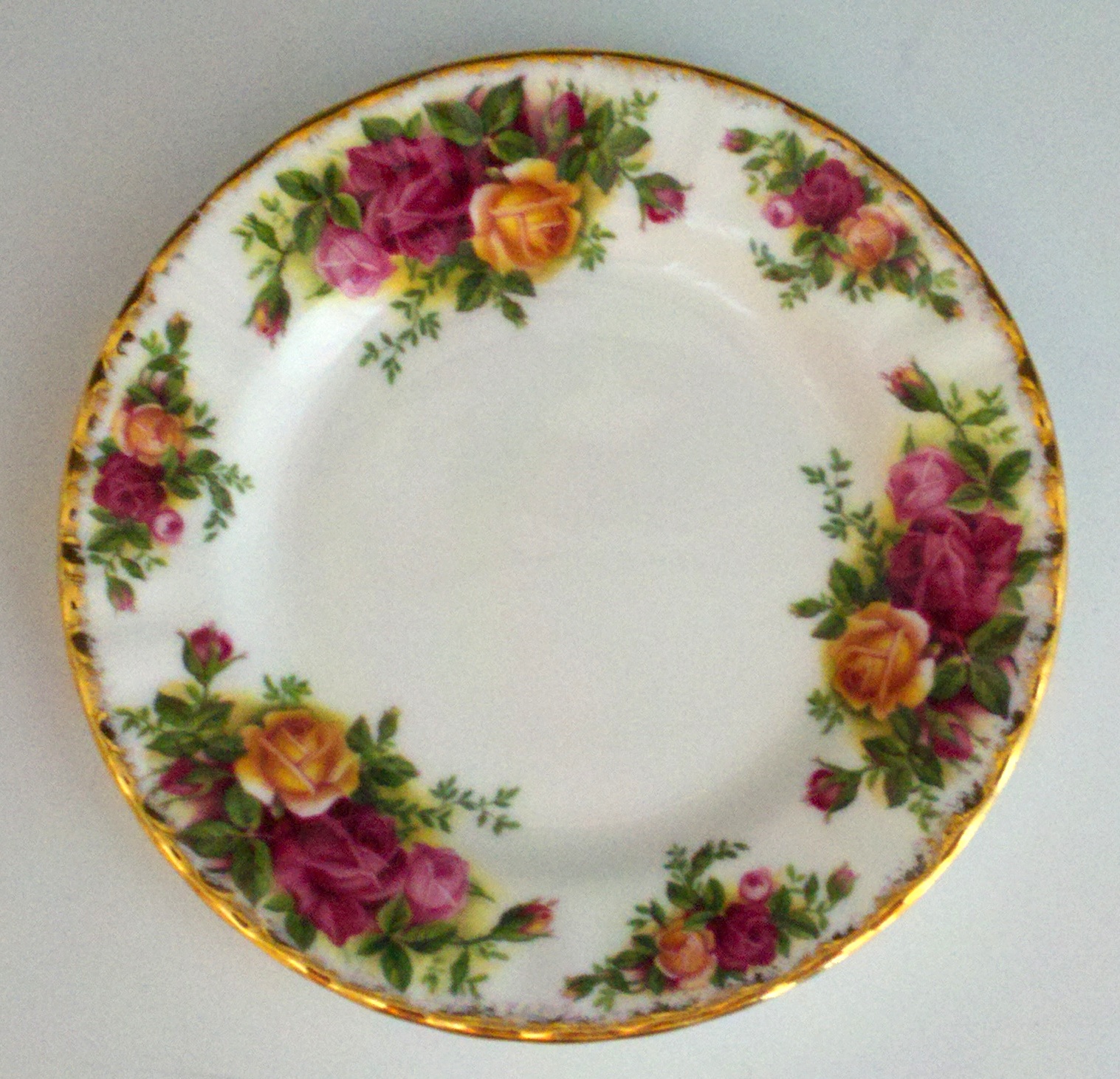
Although acquired in 1896 by Thomas Clark Wild (and with many, many successful patterns made in between), it wasn’t until 1962 that Royal Albert’s most beloved pattern was created, Old Country Roses. OCR is basically an embodiment of all that Britain holds dear, with floral motifs – red, pink and yellow roses in full bloom – that evoke images of English country gardens and tea time. So idyllic and lovely. All that being said, it’s no surprise that Royal Albert has sold over 150 million pieces of the collection!
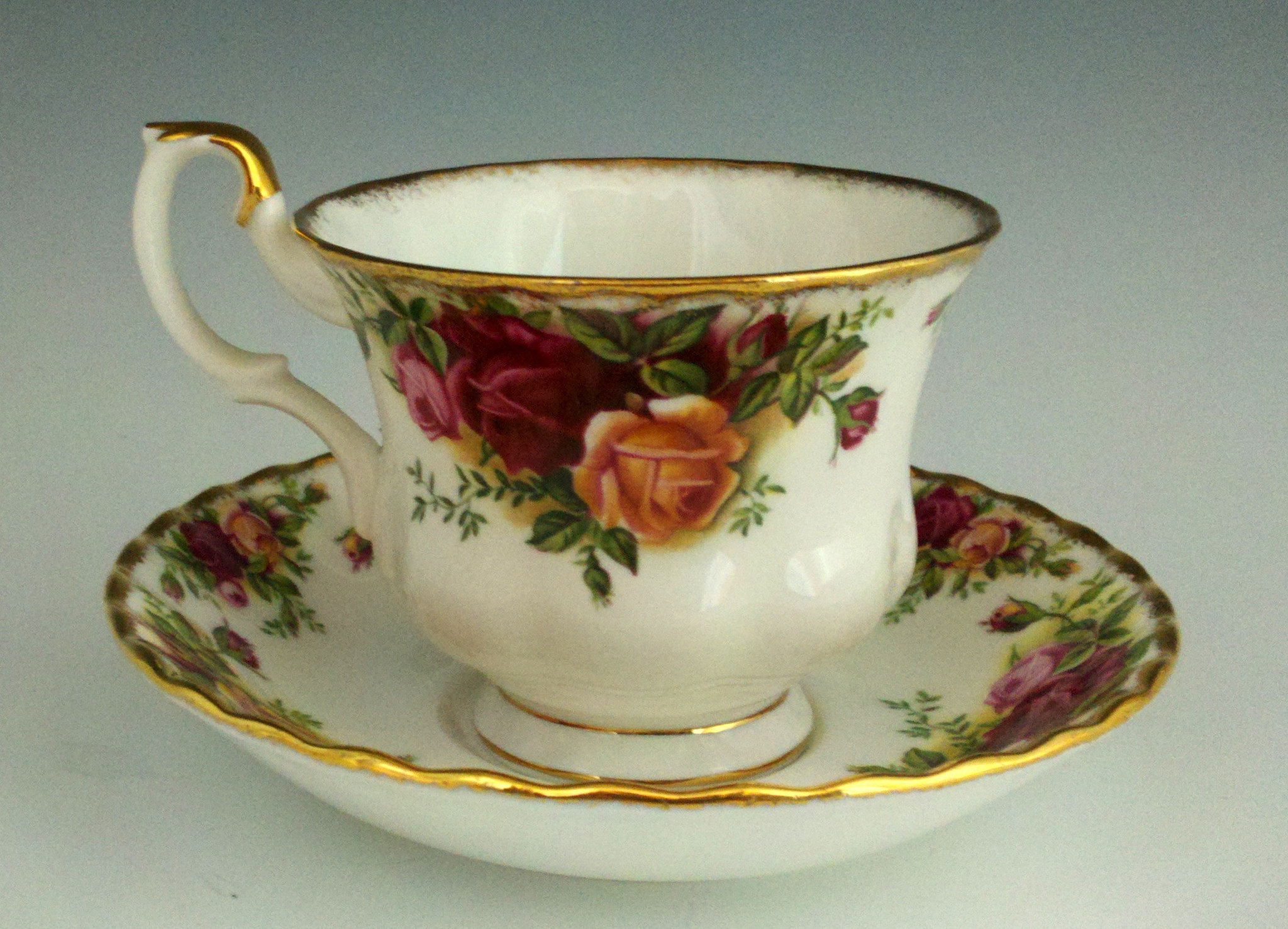
[sc name=”content-ad-horiz-1″]
3. Blue Italian – Spode

Similar to their Willow line, Blue Italian is a Spode classic dating back to 1816 featuring their “blue-on-pearl” technique, resulting in a very distinctive blue color that added incredible visual depth to each piece and that really popped off their quasi-translucent, bone-ash porcelain. This Italian motif typically features Italian ruins with a decorative, floral border, and is a classic example of transfer printing, where an engraved print is inked and then a piece of tissue paper is placed on the print to pick up the ink. The tissue paper is then transferred onto the porcelain and the ink transfers to the surface, before the piece in question is placed in the kiln.
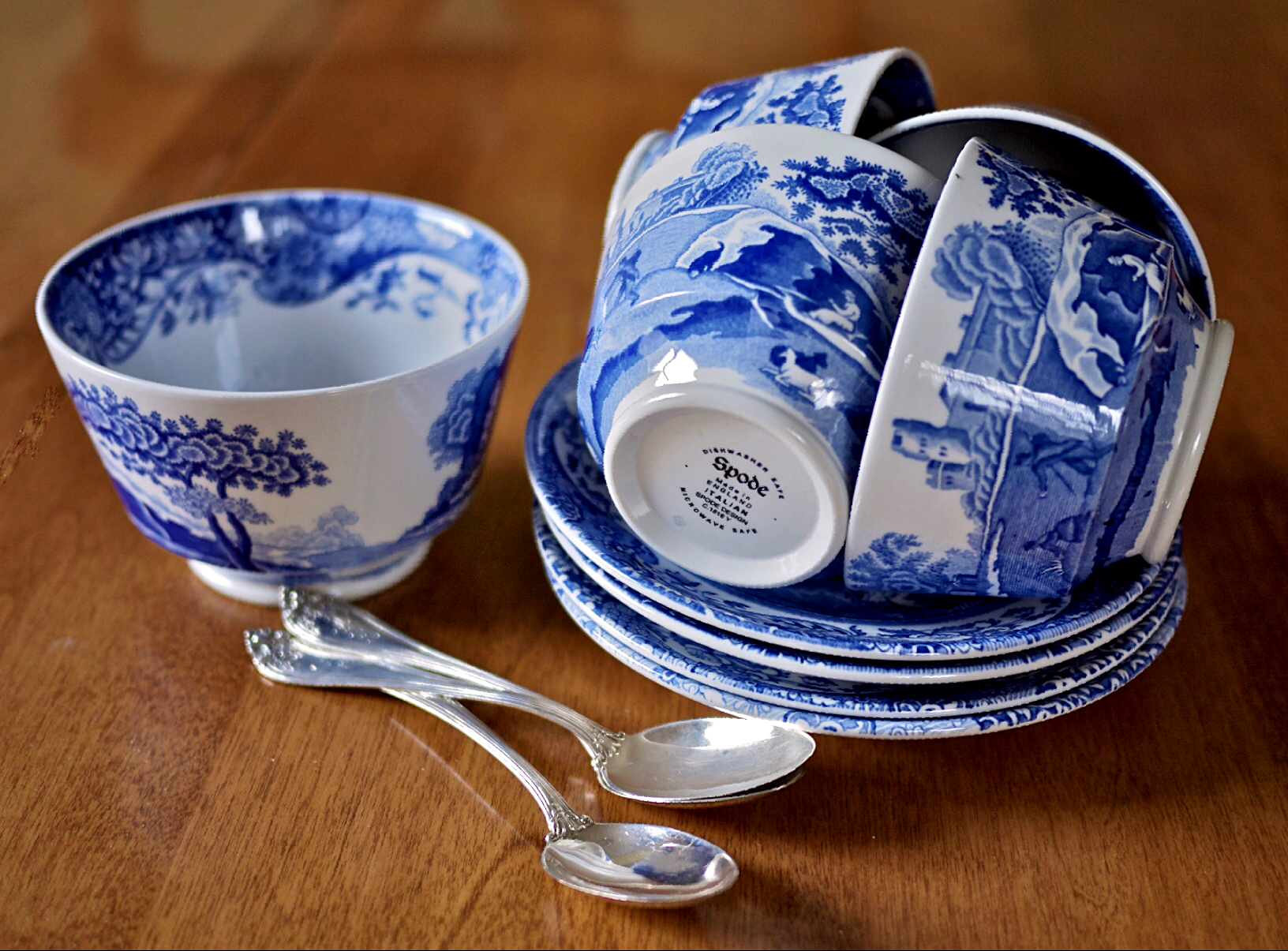
4. Woodland – Spode
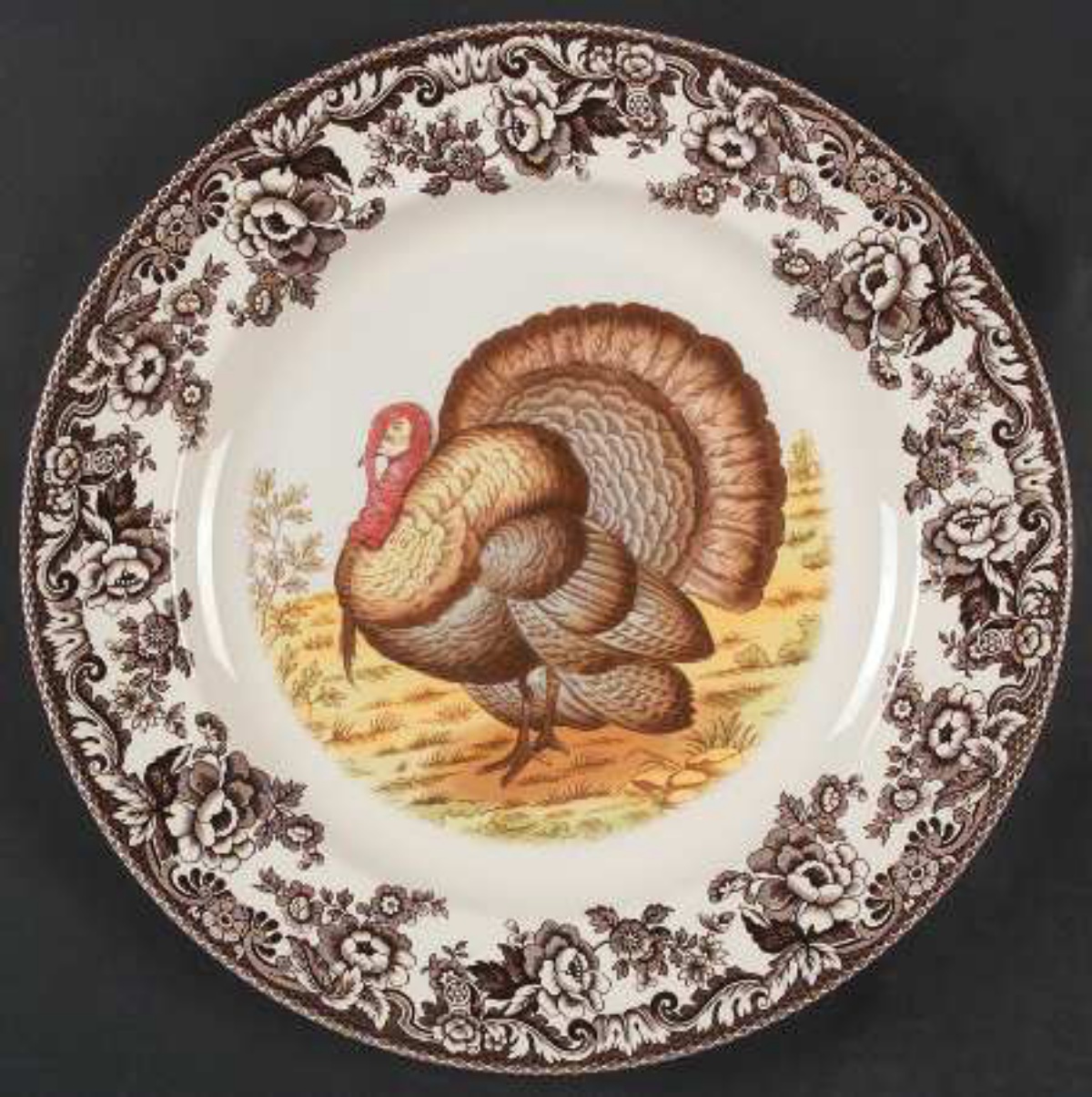
Introduce in 1991, Spode’s Woodland line is an autumnal feast for the eyes, with pieces that pay homage to the tradition of hunting and all the creatures that one might encounter while out on a hunt, including pheasants, turkeys, rabbits, hunting dogs and foxes, to name a few. Each animal is showcased in the middle of the piece, surrounded by the classic British Flowers border that was initially created in 1831. While this line lends itself perfectly to a Thanksgiving feast or fall fête, it’s so pretty and the colors are so rich and vibrant, no one would fault you if you used this all year!
[sc name=”content-ad-horiz-2″]
5. Flora Danica – Royal Copenhagen

After the success of Blue Fluted, Royal Copenhagen came out with one of their most famous and extensive lines to date, Flora Danica, in 1790. Based on a “51-volume taxonomy of Danish flowers,” each piece was painstakingly crafted and hand-painted with indigenous flowers from the taxonomy, resulting in a stunning, 1,802 piece collection that was completed in 1802. Initially meant to be a gift for Catherine the Great of Russia, she died before its completion and it stayed with the Danish royal family.

6. Ming Dragon Red – Meissen
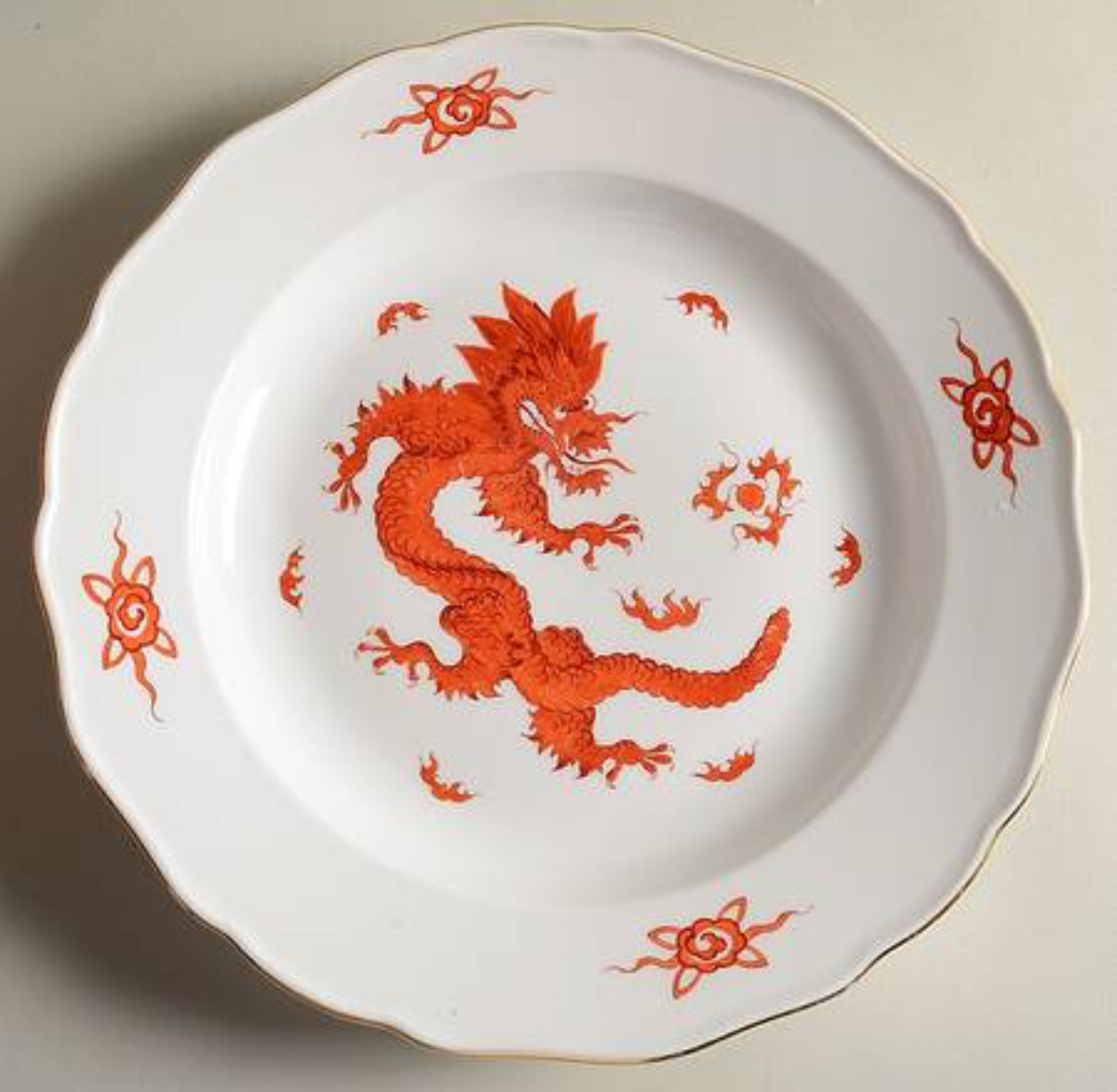
The first company to produce true, hard-paste porcelain in Europe (1708), the Royal Saxon Porcelain Manufactory in Meissen, Germany was founded in 1710, with the alchemist, Johann Friedrich Böttger at the helm. Many patterns were modeled after successful Chinese designs, such as this Red Dragon line. It’s still an incredibly popular line, so look for the Meissen mark of two, crossed swords on the back side of the piece in question to see if you’ve found an authentic one!

[sc name=”content-ad-horiz-3″]
7. His Majesty – Johnson Brothers
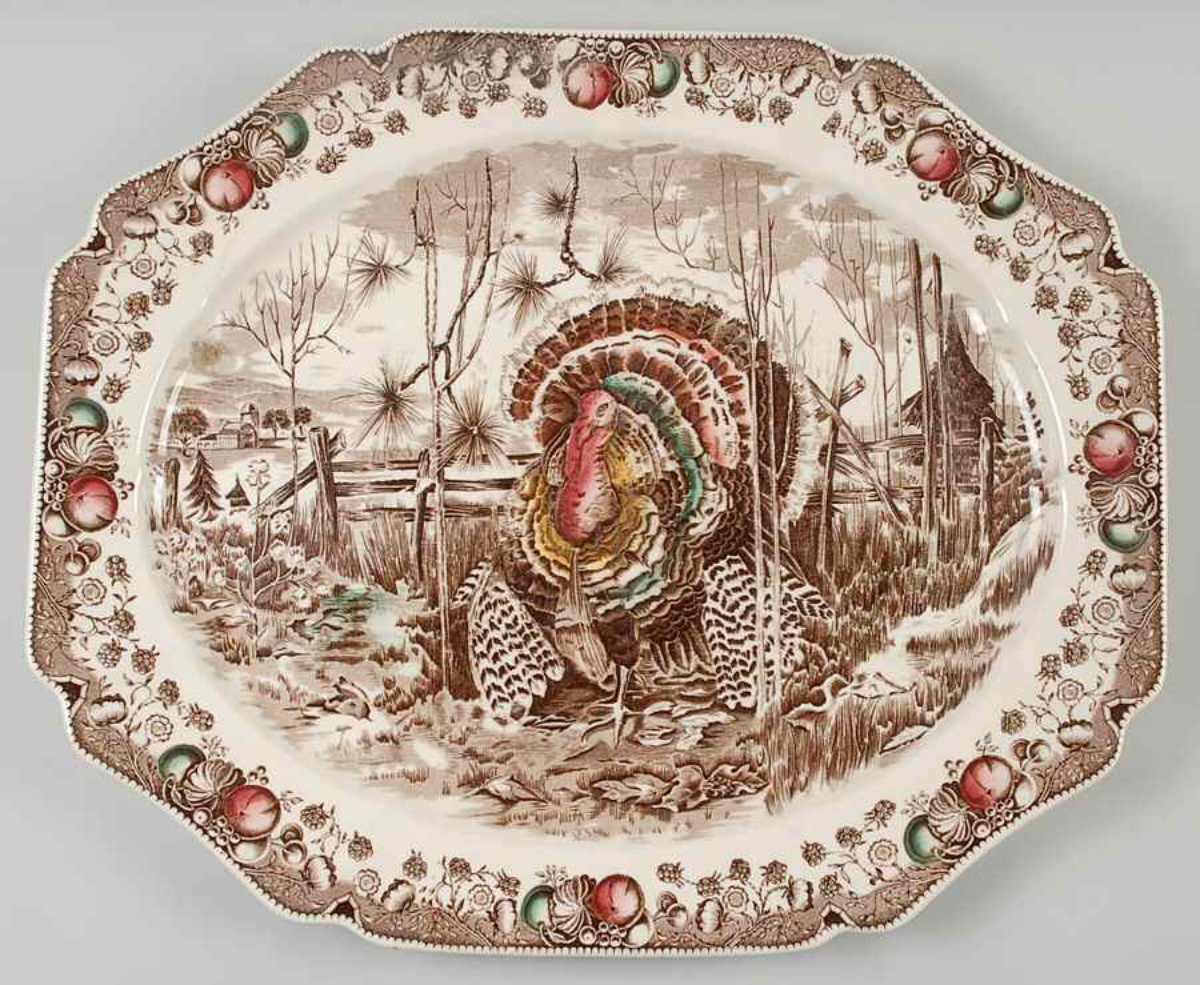
Another autumnally-themed line, Johnson Brothers introduced His Majesty products in 1955 and they were in production until 1983. Featuring rusty reds and rich browns (with pops of yellow and green), this collection focuses on autumnal abundance, with a focus on turkeys and ripe crops. Johnson Brothers has had so many classics, and it’s patterns like these that never go out of style!
8. Botanic Garden – Portmeirion
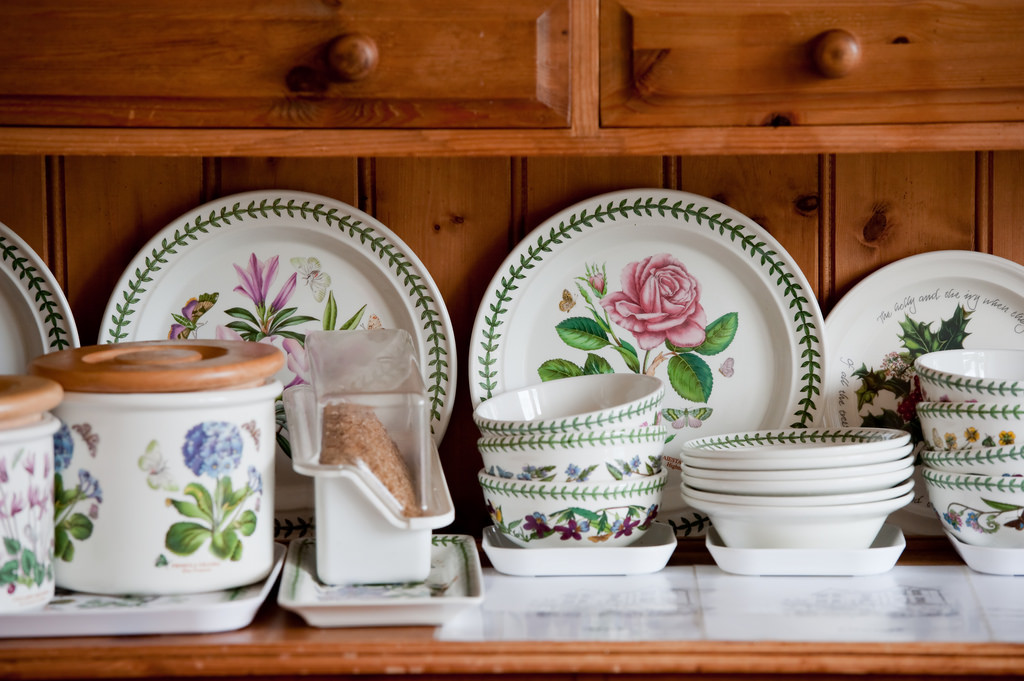
Similar to Flora Danica, in that it was also inspired by botanical prints, Botanic Garden was introduced by Portmeirion in 1972 and has been in production ever since. 28 different patterns were initially introduced, all on different pieces of the collection, with the thought that using the collection would be like growing a garden right in your dining room, bringing people together and helping everyone take a break from the hustle and bustle of the day.

[sc name=”content-ad-horiz-4″]
9. Blue Willow – Spode and Johnson Brothers, among others

Blue Willow (A.K.A. “Willow Blue”) is one of the most popular lines of fine china out there, and has been in production since the 1700s. Because of the immense popularity of the design, many makers have put their own spin on it, including Spode and Johnson Brothers. The blue, oriental designs, originally produced in 1790 by Spode, were marketed as Chinese folklore, frequently featuring a willow tree, bridge, teahouse and/or fruit trees. If a piece is an authentic Spode, it will have the name and pattern number on the bottom – take a look and see what’s there!
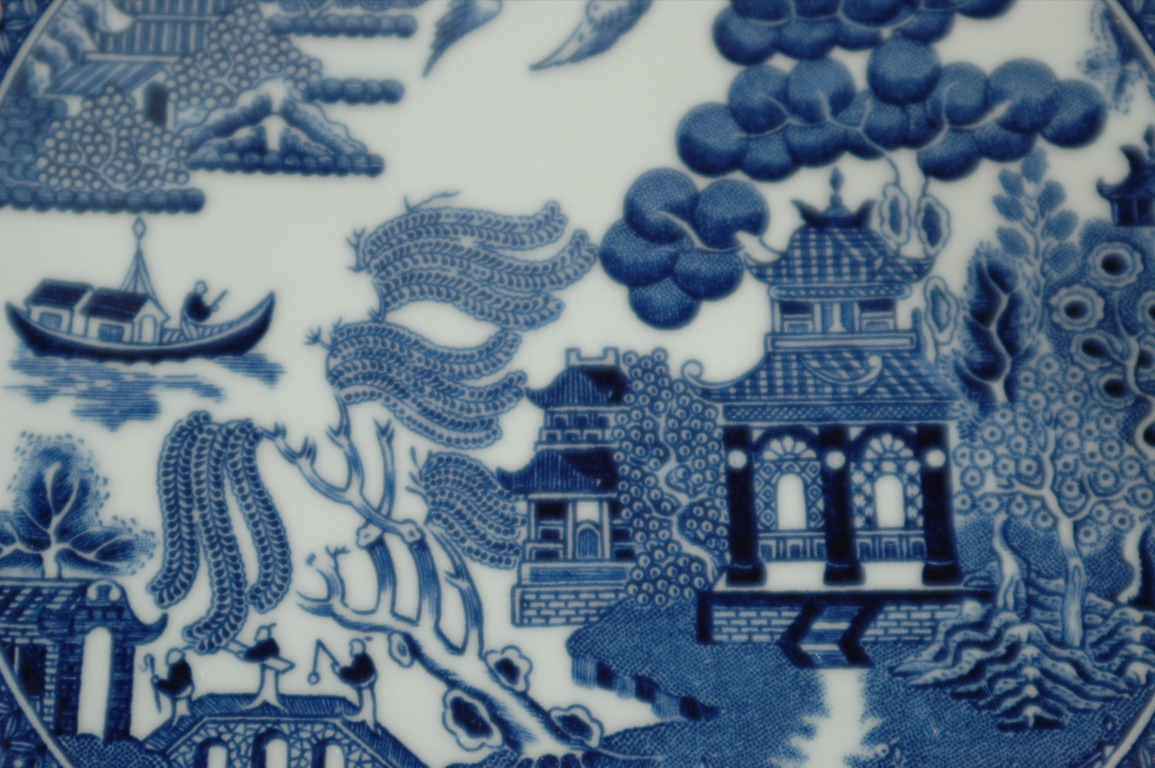
10. Holiday – Lenox

Founded in the late 19th century in Trenton, New Jersey, Lenox was one of the first prominent ceramic companies in the United States, supplying orders for companies like Tiffany & Co. and Shreve & Co., and later providing sets for several U.S. presidents. In 1974 Lenox introduced this festive line called Holiday, recognizable by the cream-colored porcelain, green holly leaves, bright red berries, and gold trim. It’s a classic that shows no signs of slowing down, especially considering how elegant it is for the holidays!
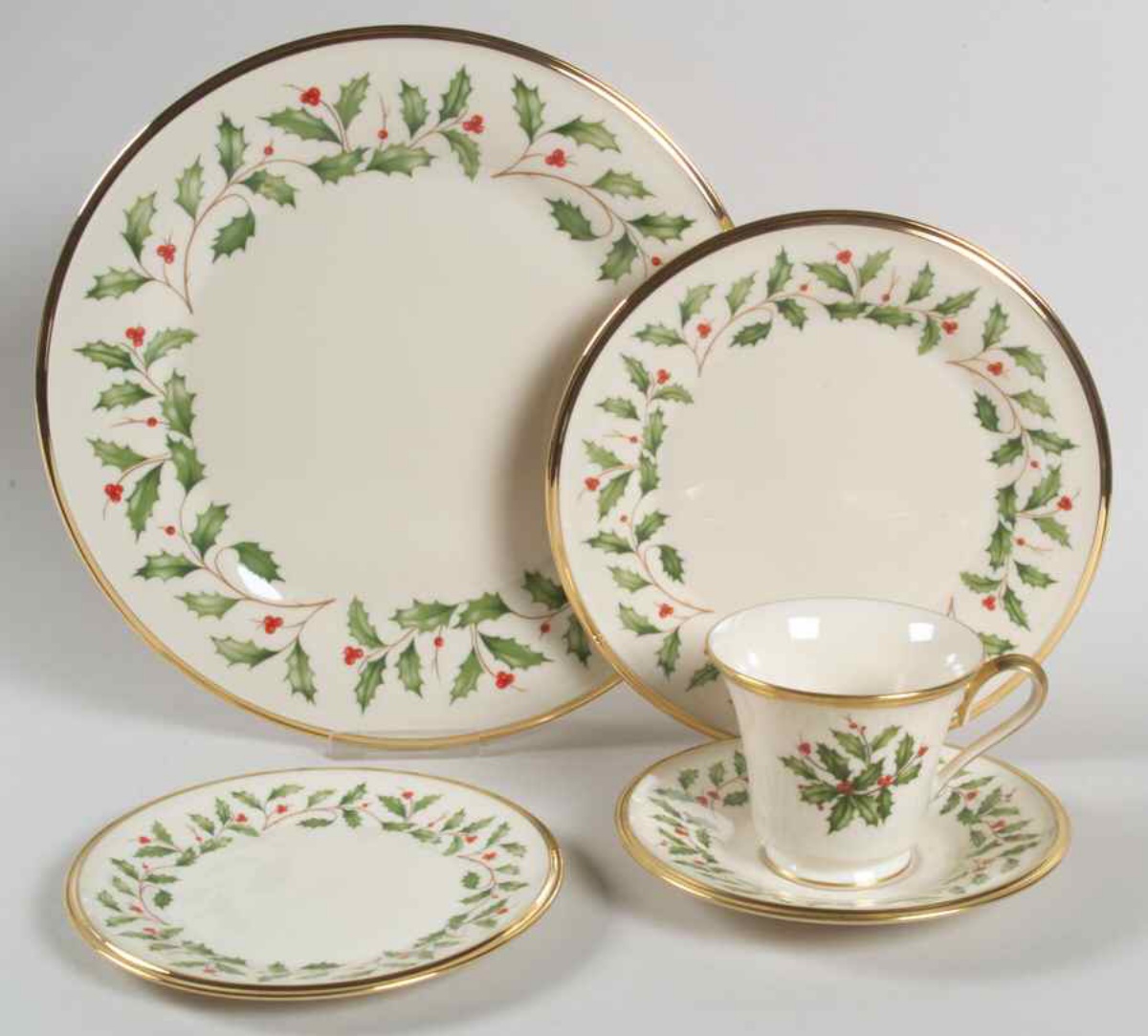
Whether you’ve been collecting one or some of these patterns for years, or you’re looking to start the hunt and want to know what to keep an eye out for, we hope this helped! Some of these lines can be super expensive (but not all of them!), so if you see a piece that’s priced reasonably, make sure to look at the back stamp to try and see if it’s authentic or not. Happy hunting!













